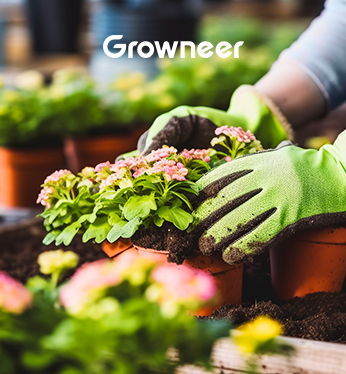How to Grow Matilda Using a Hydroponic System for Beginners
How to Grow Matilda Using a Hydroponic System for Beginners Basic Data ☀ Ideal Temperature: Matilda thrives in temperatures between 55°F to 65°F. 🌱 Germination Time: Usually takes 5 to 10 days to germinate. 📅 Time to Maturity: Typically matures in about 50 to 60 days. Germination Steps Step 1: Soak the planting sponge and gently squeeze out excess moisture. Step 2: Place Matilda seeds into the damp sponge. Step 3: Keep in a cool area until seeds germinate. Step 4: Transfer the sponge with the sprouted seeds to the hydroponic system. Growing Process Light Requirements Table StageLight DurationLight SpectrumLight IntensityGermination10-12 hours/dayFull spectrum100-150 µmol/m²/sSeedling12-14 hours/dayFull spectrum150-200 µmol/m²/sVegetative12-14 hours/dayFull spectrum200-250 µmol/m²/sMature12-14 hours/dayFull spectrum200-250 µmol/m²/s 💧 Water Pump Volume and Duration: Set to cycle every 15 minutes. 🔧 pH Value: 6.0 to 6.5. 🍼 Nutrient Ratio: Nitrogen: 150 parts per million Phosphorus: 50 parts per million Potassium: 200 parts per million Calcium: 100 parts per million Magnesium: 50 parts per million Trace Elements: Include Iron, Manganese, Zinc at 1 part per million each as needed. Plant Benefits Decorative Appearance: Known for its compact and attractive form, suitable for small spaces. Nutritional Value: Rich in vitamins and minerals. Versatile Culinary Uses: Can be used in a variety of dishes, from salads to garnishes. Conclusion Matilda is a versatile and visually appealing option for hydroponic beginners, particularly those with limited space. This variety grows quickly and is easy to manage, making it a great introduction to hydroponic gardening. Enjoy the fresh flavors and aesthetic appeal of Matilda in your home.

